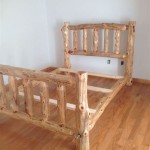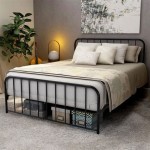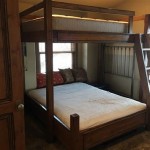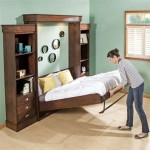Using Metal Roofing For Raised Garden Beds: A Comprehensive Guide
Metal roofing has become an increasingly popular material for raised garden beds due to its numerous benefits. This article delves into the essential aspects of using metal roofing for raised garden beds, providing valuable information for those seeking a durable and efficient solution.
Advantages of Using Metal Roofing for Raised Garden Beds
Metal roofing offers several advantages over traditional materials for raised garden beds, including:
- Durability: Metal roofing is highly resistant to rot, decay, and insect infestation, making it a long-lasting option.
- Longevity: Metal roofing can last for several decades with proper maintenance, providing a cost-effective solution in the long run.
- Versatility: Metal roofing is available in a variety of colors and styles, allowing it to blend seamlessly with any garden design.
- Heat Reflectivity: Metal roofing reflects sunlight, preventing the soil from overheating and protecting the plants from extreme temperatures.
Preparation and Installation
Before installing metal roofing for raised garden beds, proper preparation is crucial:
- Choose the Right Metal: Opt for galvanized steel or aluminum roofing, as they are resistant to corrosion and rust.
- Measure and Cut: Measure the desired length and width of the raised bed and cut the metal roofing accordingly using a saw or metal shears.
- Frame Construction: Build a sturdy frame using wood or metal posts and beams to support the metal roofing.
Once the preparation is complete, follow these steps for installation:
- Attach Roofing to the Frame: Secure the metal roofing to the frame using screws or nails, ensuring a tight and snug fit.
- Seal the Seams: Apply a sealant or caulk to the seams between the metal panels to prevent water leakage.
- Add Soil and Plants: Fill the raised bed with a mixture of soil, compost, and fertilizer. Plant your desired vegetables, herbs, or flowers.
Maintenance and Care
To maintain the longevity and performance of your metal roofing raised garden bed, follow these care tips:
- Regular Cleaning: Clean the metal roofing periodically to remove dirt, debris, and algae accumulation.
- Inspect for Damage: Inspect the metal roofing regularly for any signs of damage, such as rust, dents, or leaks, and address them promptly.
- Avoid Harsh Chemicals: Avoid using harsh chemicals or abrasive cleaners on the metal roofing, as they can damage the protective coating.
Conclusion
Using metal roofing for raised garden beds offers a multitude of benefits, including durability, longevity, versatility, and heat reflectivity. With proper preparation, installation, and maintenance, metal roofing raised garden beds can provide a thriving environment for your plants while enhancing the aesthetic appeal of your garden.

How To Make A Raised Garden Bed Last 25 Years With Plans Ptr

How To Make A Raised Garden Bed Last 25 Years With Plans Ptr

How To Build A Metal Raised Garden Bed Mk Library

How To Make A Raised Bed From Metal Roofing Materials Diy Growing The Home Garden

Galvanized Steel Raised Garden Beds Plans Tutorial Growfully

How To Build A Metal Raised Garden Bed Mk Library

More Raised Bed Design Ideas Finegardening

Building Our Raised Beds The Prairie Homestead

12 Diy Galvanized Metal Planters With Tutorials Jardin Surélevé Potager Idées

How To Make A Raised Garden Bed Last 25 Years With Plans Ptr







